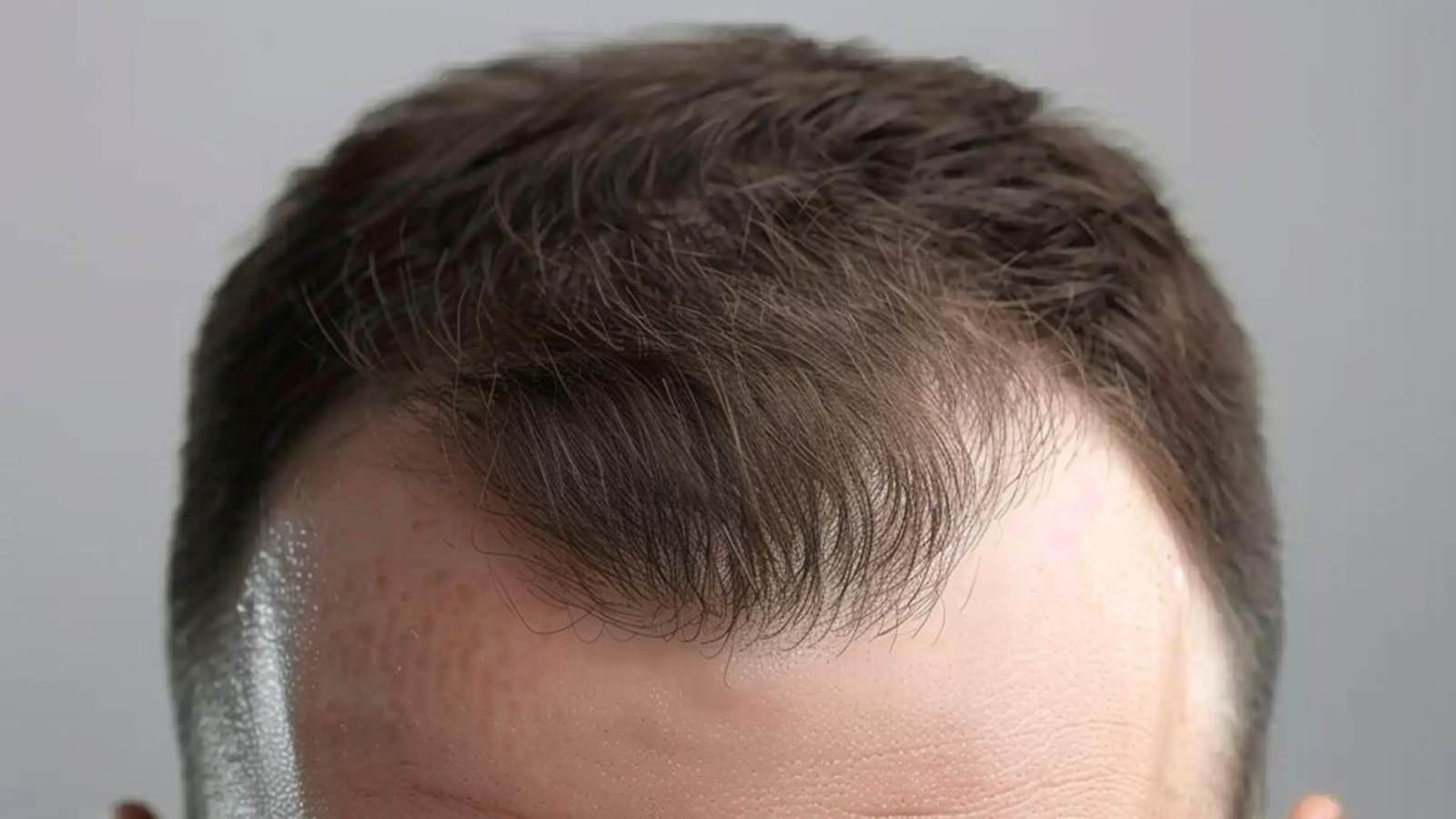
What Is an M-Shaped Hairline? Causes and Treatment
You’re not alone if you’ve ever looked in the mirror and noticed an ‘M’ shape on your forehead. This familiar hairline shape can be an early sign of baldness, particularly in men. In this guide, we’ll look at an M-shaped hairline, what causes it, and what you can do about it if it significantly impacts your self-confidence.
By Dr. Philip Solomon and Dr. Mark Korman, board-certified ENT surgeons in Vaughan, Toronto, and Davenport, with over 40 years of combined experience in hair transplant procedures, including both FUE and FUT surgeries, we’ll explore solutions for this condition.
What Is an M-Shaped Hairline?
M-shaped hair loss is a type of hair loss where the hairline recedes at the temples, leaving the central part of the hairline protruding forward, creating a distinctive ‘M’ shape. It is often an early sign of male pattern baldness.
What Causes an M-Shaped Hairline?
An M-shaped hairline is often caused by male pattern baldness, a condition known as androgenetic alopecia. It affects millions of men mainly due to genetic and hormonal factors. The hair follicles of people with this condition become sensitive to dihydrotestosterone (DHT), leading to progressive shrinkage of the hair follicles and, ultimately, hair loss. This phenomenon generally begins at the temples and progresses towards the crown, forming an M-shape.
Difference Between an M-shaped Hairline and a Widow’s Peak
While an M-shaped hairline and a widow’s peak may look similar, they are different in both appearance and cause:
- Widow’s Peak: A naturally occurring hairline with a V-shape, often present from a young age.
- M-Shaped Hairline: Caused by hair loss and is typically associated with male pattern baldness, which leads to a more pronounced recession at the temples.
Can Women Have M-Shaped Hairlines?
Women can have an M-shaped hairline, although this is less common. Female pattern baldness usually manifests itself as a general thinning or along the parting rather than at the temples.
Doctors Philip Solomon and Mark Korman, specialists in hair transplants for men and women, stress that if women notice changes in their hairline, it is essential to identify the underlying cause, as treatments can vary significantly.
How to Know If You Have an M-shaped Hairline
To determine whether you have an M-shaped hairline, look for receding hair at the temples, creating an “M” pattern when viewed head-on. If the hairline forms more of a gentle curve or V-shape, it may be a widow’s peak rather than an M-shaped hairline.
If the M-shape becomes more pronounced over time, it’s likely a sign of pattern baldness. Dr. Philip Solomon and Dr. Mark Korman, experts in FUE and FUT hair transplant surgeries, recommend visiting a specialist to assess your hairline and determine the most effective solution.
Hairstyles for M-Shaped Hairlines
While an M-shaped hairline is nothing to be ashamed of, several hairstyles can help minimize its appearance:
- Forward Styling: Styling your hair forward can help conceal receding areas around the temples.
- Short Back and Sides: Keeping the sides short while leaving length on top creates a balanced look that draws attention away from the hairline.
- Buzzcut: For a low-maintenance style, a buzzcut can be a great way to embrace your hairline confidently.
How to Fix an M-shaped Hairline
There are several treatments available to slow down or reverse an M-shaped hairline:
- Minoxidil: A topical treatment that prolongs the growth phase of hair follicles, helping to slow hair loss and promote regrowth.
- Finasteride: A prescription medication that blocks the conversion of testosterone into DHT, reducing hair thinning and stimulating regrowth. However, it’s important to note that Finasteride is typically used only for men, as it can have side effects for women.
Can You Get a Hair Transplant for an M-Shaped Hairline?
A hair transplant is a permanent solution for reshaping an M-shaped hairline. Dr. Philip Solomon and Dr. Mark Korman, offer two primary hair transplant methods at their clinic in Vaughan, Toronto, and Davenport:
- Follicular Unit Extraction (FUE): Individual hair follicles are extracted from a donor area (usually the back of the head) and transplanted into the receding regions, creating a natural-looking hairline with minimal scarring.
- Follicular Unit Transfer (FUT): A strip of scalp is removed from the donor area, and individual hair follicles are dissected and transplanted into the hairline.
Learn More About Follicle HT
At Follicle HT in Vaughan, Toronto, and Davenport, Dr. Philip Solomon and Dr. Mark Korman, are here to help you regain a fuller, natural hairline. Whether you’re suffering from an M-shaped hairline or another form of hair loss, our experts can guide you to the solutions best suited to your needs.
Book a consultation by visiting – FUE hair Transplant Toronto or call us at – (905) 764-7799
